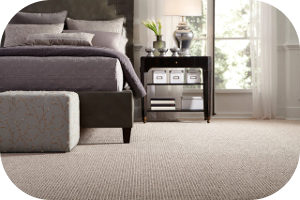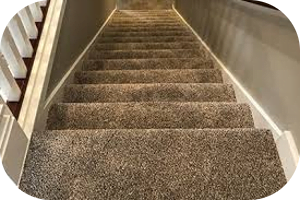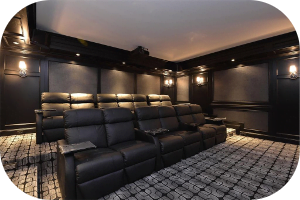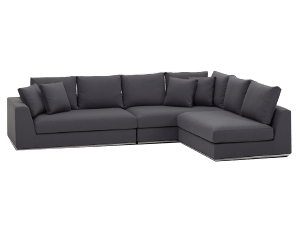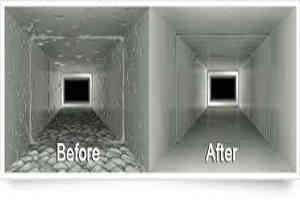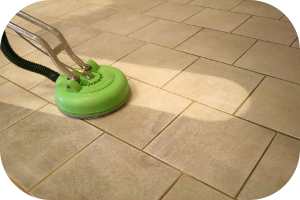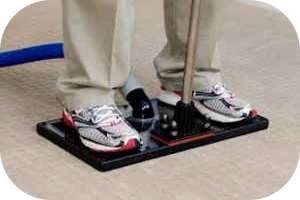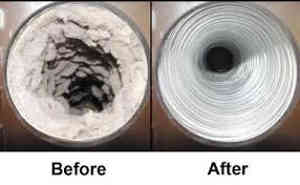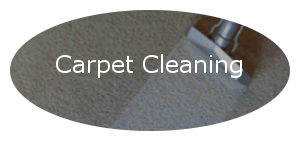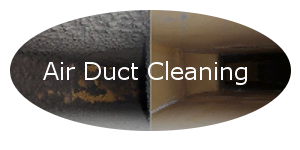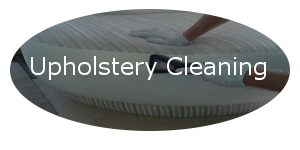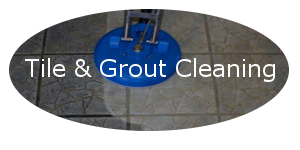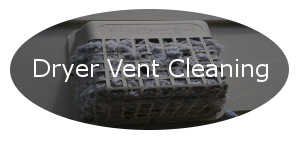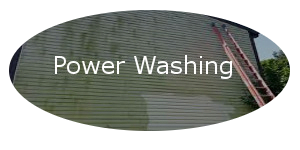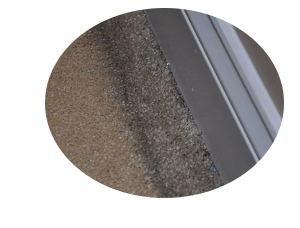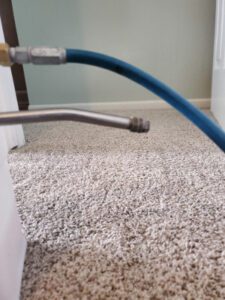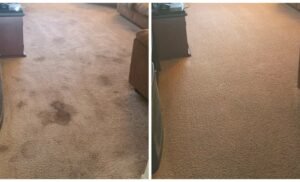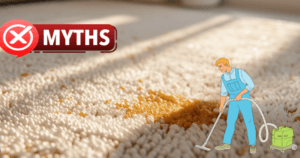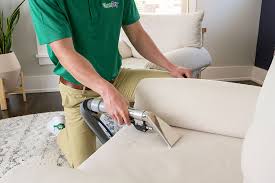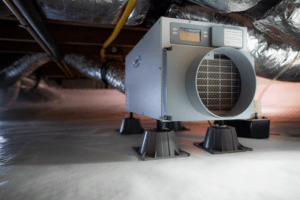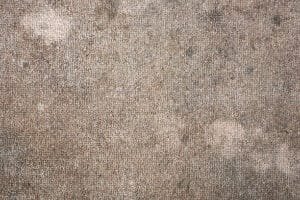Healthy Carpets has done the research for you. If you want to deep clean your wood deck before refinishing then a deck brightener that is applied by hand may not be enough. A pressure washer, however, will.
A Pressure Washer can be a simple machine that cleans very well using only water. It can damage your deck if not used correctly. It is powerful enough for bricks, but gentle enough for siding. You can etch your deck if you apply too much pressure to the jet or place it too close to the surface. Before you start cleaning your deck, take some time to familiarize yourself with the machine. Also the best time to pressure wash you deck and or home is very important
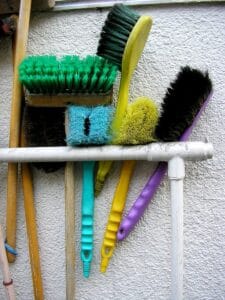
Directions To Pressure Wash Wood Deck
1.Choose a tip and pressure setting
Select the correct pressure setting and spray tip to suit your application.
Use the lowest pressure possible that is still effective. For soft wood, such as cedar or Pinus radiata, the pressure should be between 500 and 600 pounds per sq. inch (psi). Harder woods can tolerate higher pressures but not more than 1,200 psi.
Use a fan tip that has a spread of 40 to 60 degrees. If you are careful, a rotating tip can also be used.
2.Test your pressure washer settings
It takes some practice to use a pressure wash. Test the pressure of your washer in a non-obvious area such as on a corner or stair tread. A stair tread can be replaced more easily than a deck surface board if you need to replace the wood you have etched.
Start by setting the pressure between 500 and 600 psi. You can increase the pressure in small increments until you reach the desired setting.
3. Power Wash Deck
Pressure washing wood is a very delicate process, especially if your deck is old. Hold the tip of the wand a few feet from the deck surface and engage the trigger. Lower the wand as necessary. You should not get any closer than 6 inches, or the wood could be damaged.
Avoid pivoting your arm to clean the deck. This will cause an uneven distance between the spray tip of the cleaner and the deck surface. By moving your arm laterally back and forth, you can maintain a constant distance.
The deck boards should be cleaned from the outside in. By feathering the spray parallel to the deck board and slightly overlapping each area, you can work with the grain. It is important to clean evenly, without “hot spots” and visible cleaning edges.
4.Use a chemical stripper/brightener as an option
When the wood has become darkened, or mildewed with mildew, a deck cleaning solution containing sodium hydroxide will help to brighten it. You should look for a deck-cleaning solution that is designed to brighten wood. It can be used in pressure washers.
The manufacturer will tell you how to mix the solution. The stripper solution should be applied in the same way as pressure washing plain water. Rinse with plain tap water. Stripper/brightener solutions tend to roughen the wood fibers. You will need to sand your deck before you re-stain or seal it.
Tips And Tricks
If you don’t want to buy a pressure washer, you can rent one at a tool rental store or home improvement center. Rentals for a day can cost between $40 and $100. Home Depot rents commercial pressure washers.

Sanding after washing
You will want to sand the wood deck after pressure washing, especially if the wood is a older. Ideal power washing of a deck won’t erode or etch the fibers in softwood. When wood is wet, fibers can become raised and create a rough surface. This can be a problem, especially on handrails where the raised fibers can cause splinters.
There are a few options to fix this problem. You may only need to spot-sand if you have done a good job power washing the deck. If you want to refinish the deck (re-stain it or seal it), you’ll need to lightly sand all the boards. This will create smooth, splinter-free boards. Sanding opens the pores of the wood, allowing it to absorb the stain or sealer evenly. Before sanding, make sure that the wood has dried.
Do not use very fine sandpaper when sanding. This can block the pores in the wood, preventing the stain/sealer to soak into the wood. Use no finer than a 100-grit sandpaper for the handrail. Use 60-80-grit sandpaper for the deck’s surface. A random orbit sander fitted with a 5-inch sanding sheet is the best tool to use on a deck made of wood.


